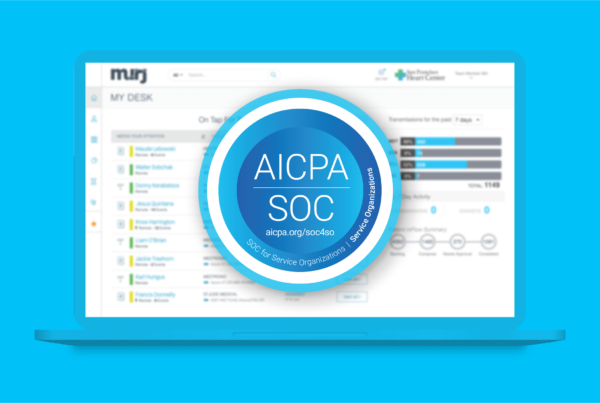Did you know that by the year 2020, about 1.7 megabytes of new information will be created every second for every human being on the planet (Forbes, 2015)? This is a problem cardiology clinicians know only too well.
Murj predicts cardiac implantable electronic device (CIED) data will grow from 34 million transmissions in 2018 to 235 million by 2022. This includes data from pacemakers, defibrillators and implantable loop recorders.
The Centers for Medicare & Medicaid Services (CMS) and the Heart Rhythm Society (HRS) have set the requirements for what is called “the standard of care” for managing these devices. However, many clinics are falling short.
On average they are reaching only 38% compliance (1) in meeting the standard of care established for these implantable cardiac devices.
This is what Murj refers to as, the “care gap.” Meeting the standard of care has a profound impact on patients, reducing mortality over 2x (2) and hospitalizations by 66%(3).
Clinics are trying to solve the “care gap” problem in a number of costly and inefficient ways, including throwing more staff at it, investing in outdated technology and/or relying on paper. Murj believes there’s a better way.
Murj’s experts, many of whom come from the implantable cardiac device industry, are available to show how clinicians can significantly raise standard of care compliance. Murj’s transformative, cloud-based implantable cardiac device data management software platform is in use by top cardiology clinics around the country.
Contact Murj for a demo to learn how to efficiently and effectively raise compliance levels, enabling delivery of superior patient care.
(1) Based on reimbursement modeling of 2016 CMS reporting, ranging from less than 10% to 80%.
(2) Mittal et al. Increased Adherence to Remote Monitoring is Associated with Reduced Mortality in Both Pacemaker and Defibrillator Patients. HRS 2014.
(3) Mabo P, Victor F, Bazin P, et al. Randomized trial of long-term remote monitoring of pacemaker recipient (COMPAS trial). Eur Heart J. 2012;33(9):1105-11.





